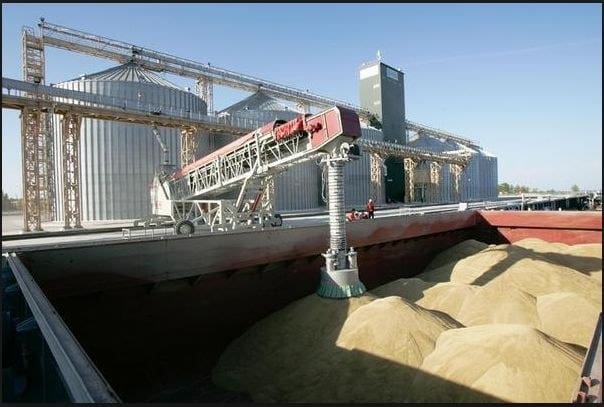AFTER decades of progress, hunger has been on the rise in recent year, according to an article in the latest Agricultural Market Information System (AMIS) Market Monitor.

(Photo: AMIS)
Entitled Global food security a sobering picture, it said amid a growing number of conflicts, accelerating climate change and economic slowdowns, the number of chronically undernourished in the world climbed to almost 690 million in 2019, 60M more than five years earlier.
The number of people facing acute hunger at the end of 2019 totalled 135M, compared with 80M in 2015.
COVID impact
AMIS reports that COVID-19 has exacerbated this already alarming situation. It has thrown the global economy into turmoil, the likes of which have not been seen since the Second World War. Poorer economies often rely on a mix of commodity exports, tourism and remittances , all of which have taken a critical hit.
The resulting income loss in these countries could leave millions of people without the means to buy food, and bring the number of acutely hungry up to 270 million. Chronic hunger is estimated to have increased by between 83 and 132 million in 2020.
To make matters worse, the crisis hit at a time when external debt of low and middle-income countries had surpassed a record USD 8 trillion; and almost half of low-income countries were already in debt distress or at high risk of it. This not only makes it difficult for them to safeguard lives and livelihoods today, but also to make the necessary investments to set their economies on a prosperous path for tomorrow.
Broader trends could further undermine economic access to food. This includes an estimated 20 million young people who will enter sub-Saharan Africa’s workforce every year for the next two decades.
However, the region has only created about 9M jobs annually since 2000, during a period of relatively robust economic growth, not even half of what will be needed in the years to come. Moreover, technology and digitalisation rapidly change the world of work, and reliable internet access is not available to 3.6 billion people in the world.
Around 800 million people are estimated to lose their jobs to automation by 2030, and incomes for the world’s 2 billion informal workers look to be affected by modernisation.
Food price stability under pressure
Stable food prices are ever more important to keep the impacts of currently compromised incomes on access to food at bay, and yet, FAO’s Food Price Index started surging in the second half of 2020.
With continued, and strengthening, upward pressure, the index now stands at values not seen since July 2014. The International Grains Council’s Grains and Oilseeds Index’ sub-indices for basic staples steeply rose year-on-year: nearly 20 per cent for rice and wheat, 44pc for maize and 52pc for soybeans.
Given trade measures such as the new export duties by major exporters, upward pressure on prices is unlikely to recede.
Such higher prices imply that the ability to deliver food assistance decreases, a dire reality recognised by the welcome Joint Statement on Agriculture Export Prohibitions or Restrictions Relating to the World Food Programme issued last month by close to 80 World Trade Organization members.
At the same time, rising prices in international markets combined with economic upheaval at country level make it more difficult for countries to pay their food-import bills.
This raises the question of which countries are most at risk to see food security deteriorate. Attempts to charter country exposure and vulnerability have been made, rapidly at the onset of the COVID-19 crisis as well as more recently, systematically considering food import bills and evidence from 2020 trade data.
However, the link between difficulties in financing imports and food security outcomes so far remains largely unexplored.
One key aspect to analyse further is the degree to which potential price increases transmit to those markets serving the marginally food secure.
Further reading:
Husain et al, Economic and food security implications of the COVID-19 outbreak
Schmidhuber and Qiao, Are international food markets holding-up during the COVID-19 pandemic?
NOTE: AMIS Market Monitor covers international markets for wheat, maize, rice and soybeans, giving a synopsis of major market developments and the policy and other market drivers behind them. The analysis is a collective assessment of the market situation and outlook by the 10 international organisations and entities that form the AMIS Secretariat.

HAVE YOUR SAY